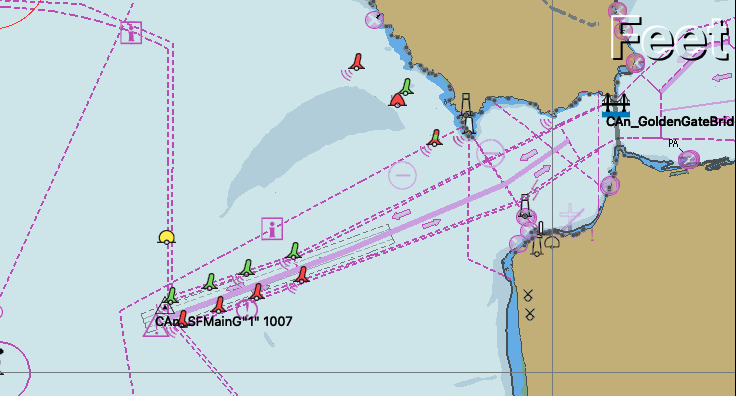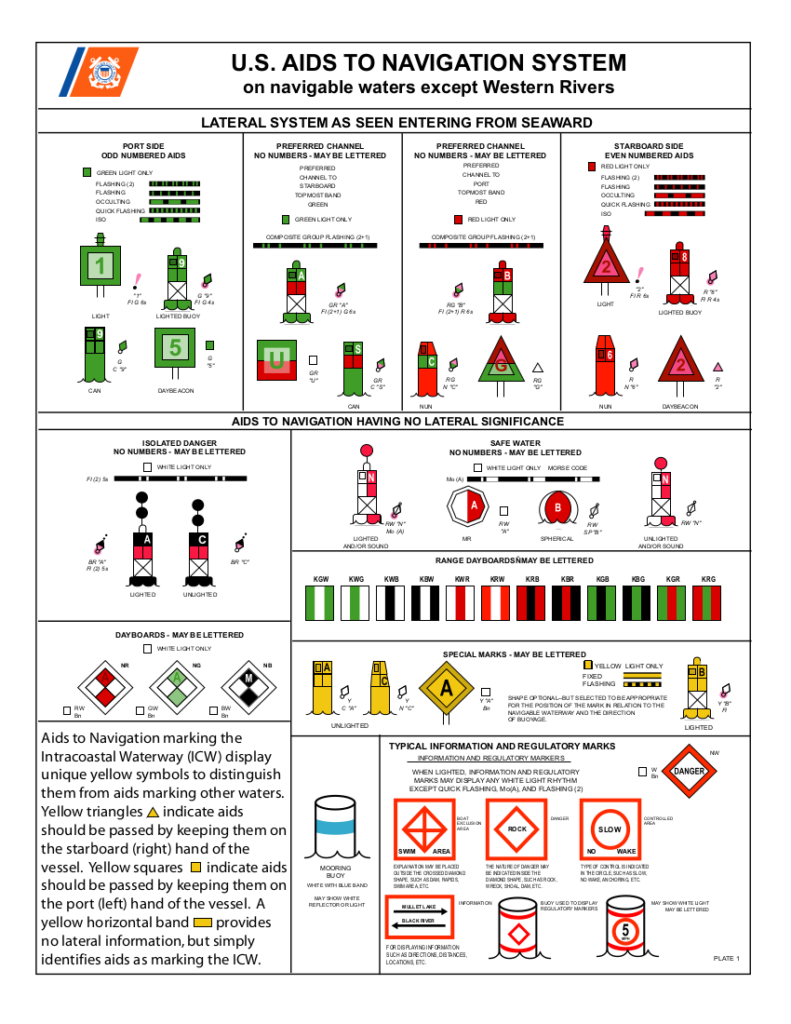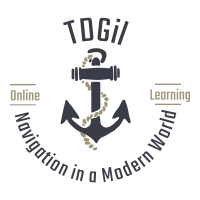
Aids to navigation can pretty much be summed up as any object that might be used to aid in the process of safe navigation. Here, we will just be talking about some of the major aids found in the US Coast Guard U.S. AIDS TO NAVIGATION SYSTEM card.

ATONs in the United States
The U.S. follows a pattern of ATONs known as “Red-Right-Returning.”
Lateral Aids
Lateral Aids indicate the sides. Most often, the sides of a channel. They generally fall into one of four “types”.
- Red Marks – right side as seen entering from the ocean (returning.)
- Green Marks – left side as seen entering from the ocean.
- Red over Green Marks – “Red” Preferred Channel (more below).
- Green over Red Marks – “Green Preferred Channel (more below).
mark, n. 1. An artificial or natural object of easily recognizable shape or color, or both, situated in such a position that it may be identified on a chart. A fixed artificial navigation mark is often called a BEACON. This may be lighted or unlighted.
Preferred Channel Marks
In some cases, multiple channels or routes may be available with one considered to be better than the other. The preferred channel is indicated using a preferred channel mark. These are either Red over Green, or Green over Red, with the top color being considered the color of the mark.
To remember what to do with a preferred channel mark, just look at the top color. If it is red, leave it to the right if you are returning. if green, leave it to the left while returning.
Non Lateral Aids
As the name implies, these marks do not indicate the sides.
Safe Water
Advises of “safe water” all around. A common location is at the entrance to a port, placed in a location to line vessel traffic up with the entrance.
These are often mistakenly referred to as “mid-channel” marks because they may be found marking the approximate middle of a wide channel.
Safe water marks flash Morse Code letter A – Mo(A) – {dot dash}.
Isolated Danger
A navigation aid marking a danger (e.g. a rock) with clear water all around; it has a double ball topmark and is black with at least one red band. If lighted its characteristic is Fl(2).
Intra-coastal Waterway
Aids to Navigation marking the Intracoastal Waterway (ICW) display unique yellow symbols to distinguish them from aids marking other waters.
Yellow triangles indicate aids should be passed by keeping them on the starboard (right) hand of the vessel.
Yellow squares indicate aids should be passed by keeping them on the port (left) hand of the vessel.
A yellow horizontal band provides no lateral information, but simply identifies aids as marking the ICW.
Information and Regulatory Marks
International orange geometric patterns on a white background. May be used to advise and/or control. Think along the lines of Stop Signs, Yield Signs, and Merging Traffic signs on a street or highway.
Common ATON terminology
- beacon – A fixed artificial navigation mark. Daybeacon, Daymark, Lighted Beacon, and Radio Beacon are all considered types of beacons.
- daybeacon – An unlighted beacon. A daybeacon is identified by its color and the color, shape and number of its “daymark.” The simplest form of daybeacon consists of a single pile with a daymark affixed at or near its top.
- daymark – The daytime identifying characteristics of an aid to navigation.
- buoy – A floating device moored or anchored to the bottom as an aid to navigation.
- can buoy – An unlighted buoy of which the upper part of the body (above the waterline), or the larger part of the superstructure has the shape of a cylinder or nearly so.
- nun buoy – An unlighted buoy of which the upper part of the body (above the waterline), or the larger part of the superstructure, has a cone shape with vertex upwards.
- lighted beacon – A beacon exhibiting a light.
- lighted buoy – A buoy exhibiting a light.
Common Light Characteristics
- Flashing – (Fl) light period is shorter than the dark phase.
- Isophase – (Iso) periods of light and dark are equal.
- Occulting – (Oc) period of light is longer than the dark phase.
- Group – (Fl3, Fl 1+2), Oc 2+3, etc.) periods of light or of dark are grouped into patterns.
ALA Maritime Buoyage System
A uniform system of maritime buoyage which is now implemented by most maritime nations.
Within the single system there are two regions, designated as Region A and Region B, where lateral marks differ only in the colors of port and starboard hand marks.
In Region A, red is to port on entering.
in Region B (used in the United States), red is to starboard on entering.
